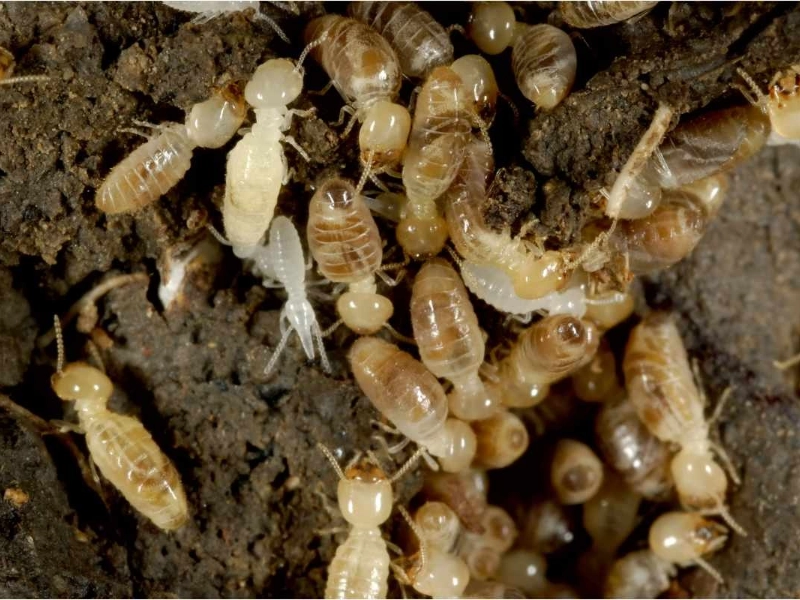8. Ecosystem Engineers for Other Species

In tropical rainforests, termites act as ecosystem engineers, constructing and altering habitats that support a wide variety of other species. Their mounds and underground structures provide shelter, nesting sites, and foraging areas for numerous organisms, ranging from insects to reptiles and even some mammals. The modified soil conditions around termite colonies support unique plant communities, often including rare or specialized species that thrive in these altered environments. This engineering role also extends to creating intricate ecological networks, where termite presence indirectly sustains entire food webs and species interactions. The ecological impacts of termites are extensive and diverse. For some species, their towering mounds serve as elevated platforms within the forest environment, offering vantage points or nesting opportunities. Certain birds, for instance, use termite mounds as nesting sites, benefiting from the stable temperatures and protection they provide. Termite tunneling creates a network of channels in the soil, improving access for other soil-dwelling organisms and enhancing overall soil biodiversity. The enriched soil structure and nutrient availability around termite colonies foster greater plant diversity and productivity, attracting herbivores and their predators and creating localized biodiversity hotspots. Even abandoned termite mounds remain nutrient-rich areas that support diverse plant and animal populations, influencing ecosystem dynamics long after the termites have moved on. By creating this mosaic of habitats and resources, termites play an indispensable role in maintaining the structural and functional diversity of tropical forest ecosystems.
Advertisement

